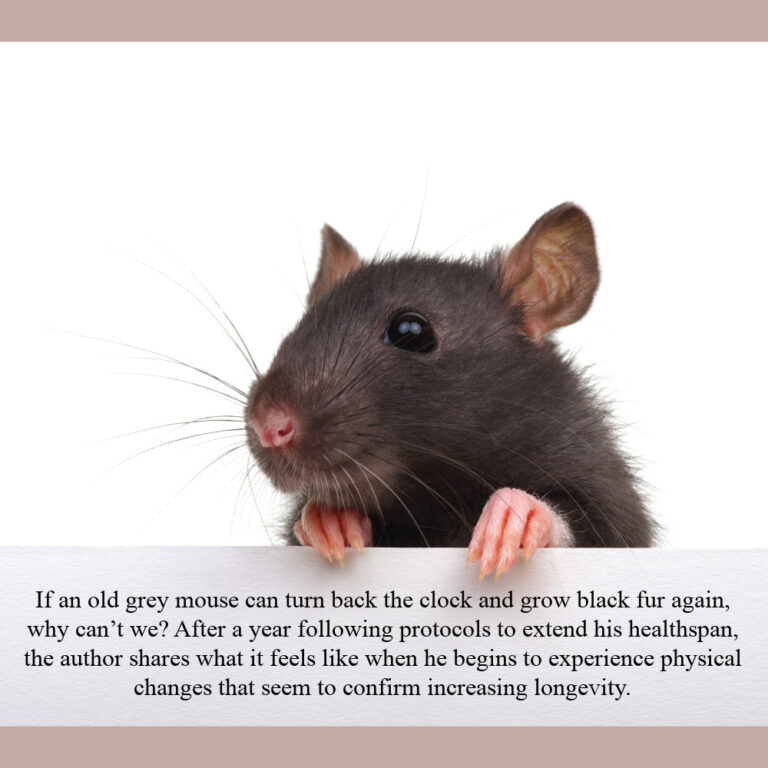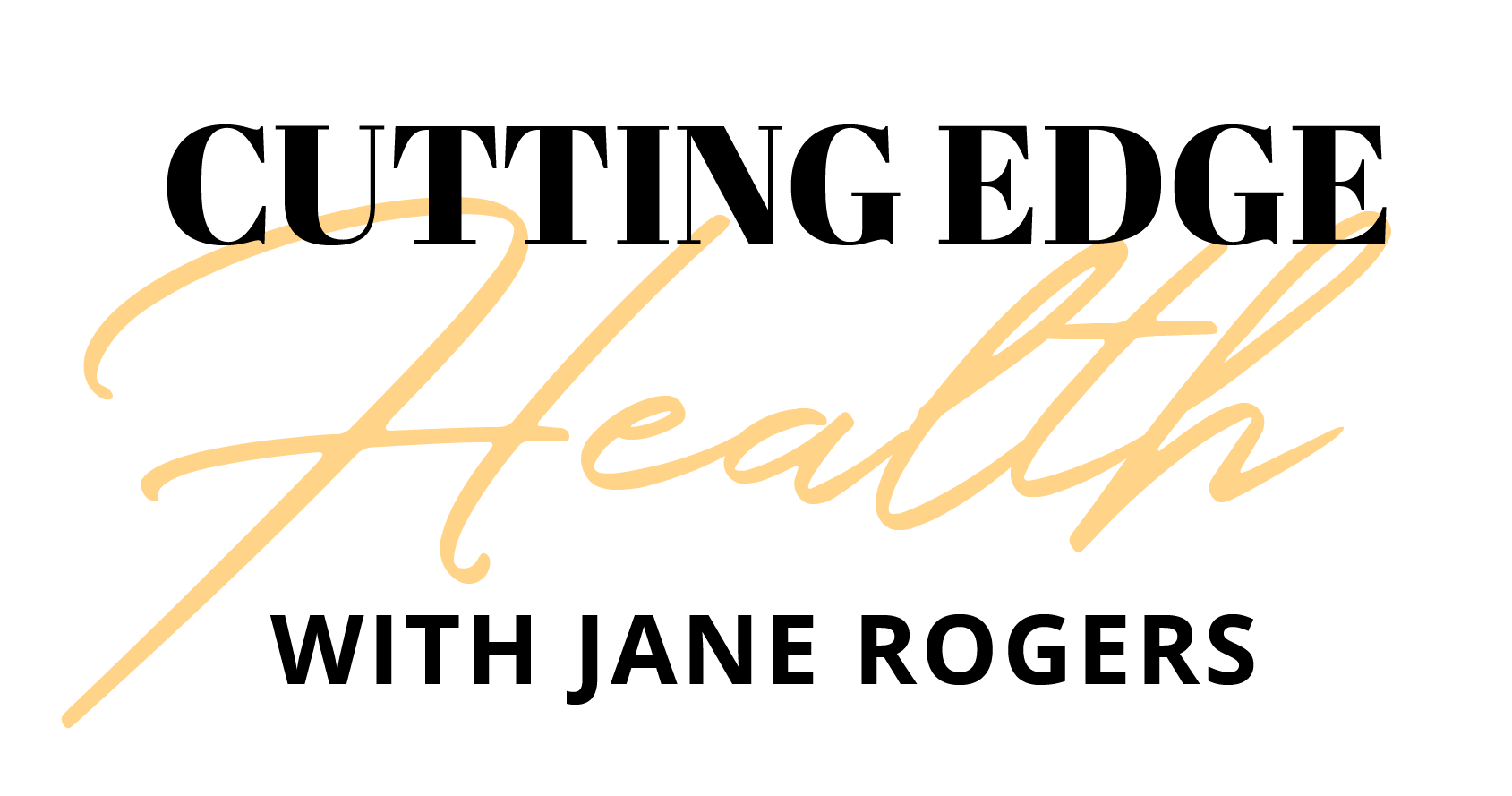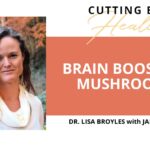
The first time I saw it, I freaked out. I was about to trim my beard with my electric razor when I glanced at the mirror and saw what I thought was about a half inch of black hair growing in my sideburns where it has been white and gray for many years. What jolted me was the sudden realization that maybe, just maybe, the lifespan extending protocol that my wife, Jane, and I had been following for about three months might actually be for real. It’s one thing to read about the new science of aging and its promise to slow or reverse the aging process and age-related disease quite another to see real time evidence of it. As a seventy-seven-year-old man, one of the most startling things I read in David Sinclair, PhD’s astonishing book, Lifespan, was the description of how the hair of old mice turned black after treatment.
This whole thought process lasted only a nanosecond and I quickly assured myself that it was just an illusion, probably a shadow. But over the course of the next week, I looked more carefully in a magnifying mirror and thought I could see individual black hairs in different places in my otherwise all-white beard. Surely, though, I told myself, these have always been there. I just hadn’t noticed them before. But when I showed them to Jane she assured me they were new.
Slowly, I began to entertain the possibility that what scientists were reporting about their experiments with everything from living yeast cells to dogs and even humans might be true. Aging was not the inevitable end result of living. Aging, as David Sinclair was telling us, should be treated as a disease. Apparently, the World Health Organization now classifies it as such. It’s very hard for me to wrap my brain around this concept. Dying around a certain age has been the one certainty we could count on, the North Star around which everything in our lives is measured. It’s hard to fully grasp how this inevitability shapes every aspect of our existence. The ability to hack the aging process, even to reverse it, would represent the biggest paradigm shift in human history.
 And here I am standing in front of my mirror looking for evidence that all this was real. Undoubtedly, getting younger may be as slow a process as growing older. Changes come so gradually that my daily examination leaves me uncertain I’m seeing any progress. But after several weeks searching for black hairs, I began to shed my doubts and accept that something real was happening. It’s becoming undeniable, Jane assured me. I began to see more and more black hairs in different areas of my beard. Under fluorescent light, I could see it clearly.
And here I am standing in front of my mirror looking for evidence that all this was real. Undoubtedly, getting younger may be as slow a process as growing older. Changes come so gradually that my daily examination leaves me uncertain I’m seeing any progress. But after several weeks searching for black hairs, I began to shed my doubts and accept that something real was happening. It’s becoming undeniable, Jane assured me. I began to see more and more black hairs in different areas of my beard. Under fluorescent light, I could see it clearly.
Holy shit! What did this mean? It’s been about six months since that first jolt of realization before my mirror. Jane now thinks my beard is more black than white. I wouldn’t go that far, but it definitely is not the white beard it used to be. And yesterday Jane pointed out a 1 inch streak of black around the back of my head that ran ear-to-ear. Today my neighbor commented on it, too. Each time I see evidence like this, I get a queasy feeling in my gut, of something unnatural, like something from The Twilight Zone. But it also has the taste of something religious, of something bigger than me, of something that will inevitably change the way we exist in this world.
At seventy-seven and as one of the early adopters of this technology, would I become one of the older living humans? Is seventy-seven as old as I’ll get in my biological age? Our retirement plan is based on sustaining us into our nineties. But, if I am to live to 100, 120 or beyond, will I run out of funds to support myself? Will I live to see my kids and my friends die while I get younger? Will Jane and I regress together and get to know each other at ages younger than when we met? What if only one of us reverses our age? We’re big believers in the maxim that “if you can measure it, you can change it.” Now there are laboratories that can tell you what your biological age is compared to your chronological age. I’m waiting for the results of my test.
I wrote to this point yesterday and then watched a video podcast with Greg Fahey, the author of the TRIM trial, (Thymus Regeneration Immuno Restoration and Insulin Mitigation Extension Trial). The clinical trial was meant to show that the thymus, an all-important organ at the heart of our immunological system that shrinks with age, can be restored. But it proved a lot more than that. All the participants, nine men, lost about two-and-a-half-years in their biological ages. This was the first time that a clinical trial with humans proved age reversal, something that recently had been done with animals in dozens of labs around the world. The “Fahey Protocol,” as it’s now known, used a combination of growth hormone, DHEA, Metformin and zinc. The results have now been confirmed in five different analyses. A new larger study, TRIM X, is underway to try and replicate the results. I had read about this now famous study, but what floored me was a slide that showed two of the men whose white hairs turned dark.
I got into this longevity jag after my wife launched a podcast, Cutting Edge Health: Preventing Cognitive Decline. Both of Jane’s parents had Alzheimer’s and she had the dreaded APOE4 gene. As she began showing the same symptoms as her dad had at the same age he did, she was frightened to her core. She began a deep dive into the science and six years later knew enough about the field and the underlying science to start her video and audio podcast. It was a perfect match for her skills as a former television news anchor and journalist with the knowledge she had accumulated. Besides reaching a large audience and helping a lot of people who are searching for answers, she has gotten a world class one-on-one education with some of the leading scientists, researchers, and practitioners in the country. And we have been following most of the recommendations which seem safe and reliable.
One of the great things about jumping on the longevity train is that it doesn’t just promote life extension, it improves our overall health. What scientists in this field are learning is that most of the major diseases that we get as we age–cancer, diabetes, heart disease, Alzheimer’s—are the results of aging itself. Because our earliest ancestors died before reaching today’s old age, evolution never adapted our bodies to deal with these issues. If we can cure aging, we can avoid these common killers. Slowing or preventing aging, may be the best way to avoid Alzheimer’s and these other debilitating diseases.
Back when Jane was first experiencing the early signs of dementia we heard a radio interview with Dr. Dale Bredesen, author of The End of Alzheimer’s. What he said blew us away. The “Bredesen Protocol” to prevent and reverse cognitive decline sees Alzheimer’s as a pathology manifesting from the confluence of multiple factors. There isn’t a single cause and there won’t be a silver bullet that Big Pharma can profit from. But the Bredesen approach offered a way out of a terminal death sentence. Alzheimer’s was optional!
(To be continued. In the next segment, I’ll describe the steps we are taking to prolong our healthspan.)












